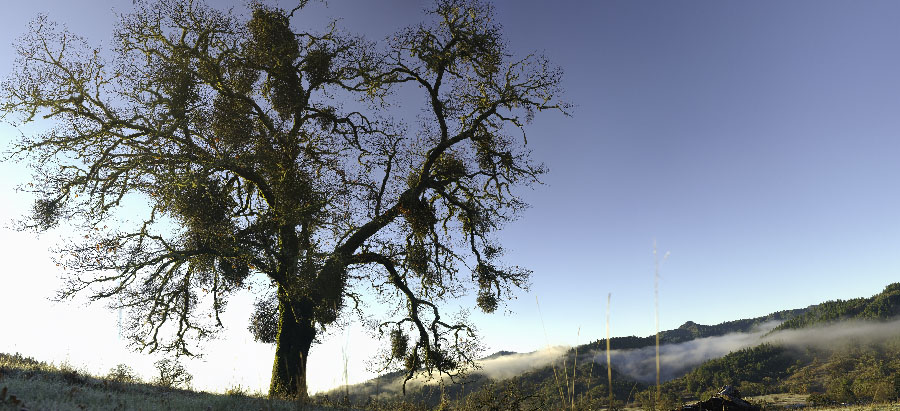Get the software first, try it out, and then buy the gear.
I've done a ton of stitching, mainly to feed 30,000 pixel wide images to my iPF5000 at 600 dpi to get a 17" X 50" print with incredible detail, with very little enlargement. So I end up taking a panorama of 3 rows say of 16 shots for each row, of one oak tree, with a 85mm lens, rather than shooting that same oak with one frame at 17mm from roughly the same distance. This is the image, scaled massively down:

Notice the two yellow grass reeds at the bottom right standing up about 1/3-way into the shot. These were on about 8 of the frames shot (multi-row, and you ahve to overlap shots) so this shows you how good the software is at multi-row panoramas.
My equipment for this shot?
1) a tripod
2) a RRS BH-40 Ballhead
3) D200 with 85 1.4 lens and polarizing filter.
Now - I am going to say something heretical here: You may not need specialized gear. The software is just that good. You can shoot a multi-row panorama hand-held, if you're reasonably careful, with great results esp if you're shooting far-away objects (i.e. not much you're shooting is physically near you in the foreground.
My advice in sequential order:
1. Before you buy any equipment at all, download
PT-Gui, and also download and install (i.e. expand into the right directory and set up in the options) the
SmartBlendplug-in. Then go out, and hand-held, shoot a 3-image pano (by taking three shots with say 25% overlap) and use the stitching software to stitch it all together.
2. Then shoot using your tripod and the panning base on your ballhead, and stitch some 5 image sets.
3. use your ballhead to do a 2-row 5 shot set, and stitch that.
By the time you do this, you will start to see several things:
1. In most cases, you don't need specialized equipment anymore unless you're shooting something pretty close to you. The special equipment allows the camera to rotate along the nodal point of the lens, so you don't get parallax issues, but good software like the smartblend plug-in all but obviates the need for that.
And then, if you find that you're serious, spend the $$ with RRS.
I bought a nodal ninja with my d200 setup, and get serious creep and saggage with that setup (D200, RRS l-bracket with mb-200 grip loaded with 2 batteries, + say a 85 1.4 lens. But that just means that it takes me longer to shoot, as you have to wait for the camera to settle down to eliminate shake for every frame of say a 35 frame shoot, and a remote and mirror-lock-up are a must.
Additionally, many people are reporting that some lenses like the nikon 70-200 2.8 has a nodal point very close to where the lens collar sits anyways.
Get the software, try it out, and then buy the gear.